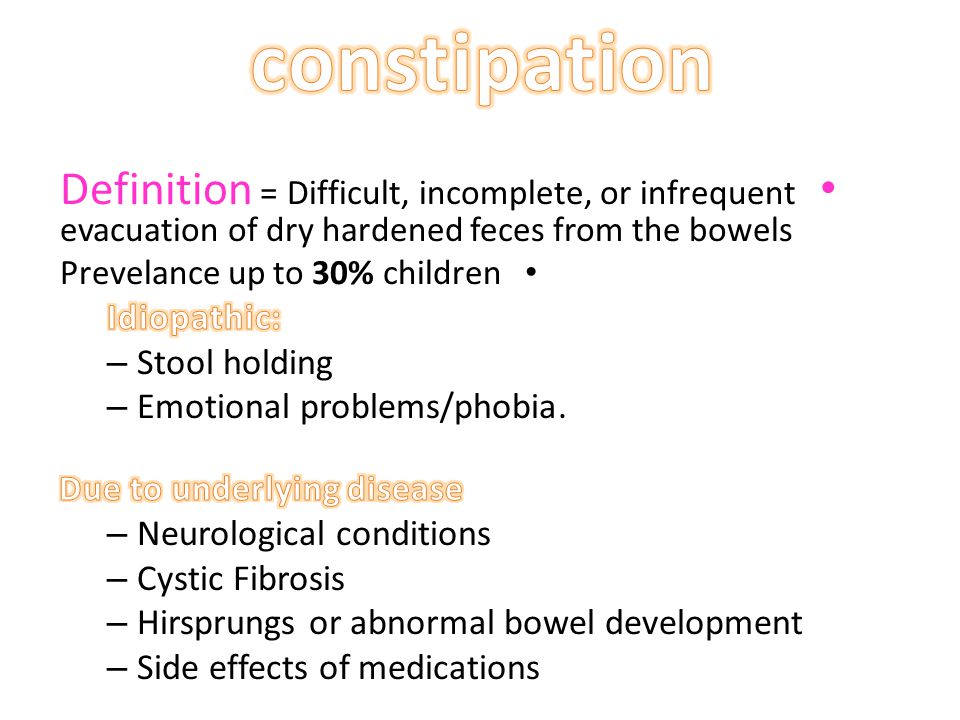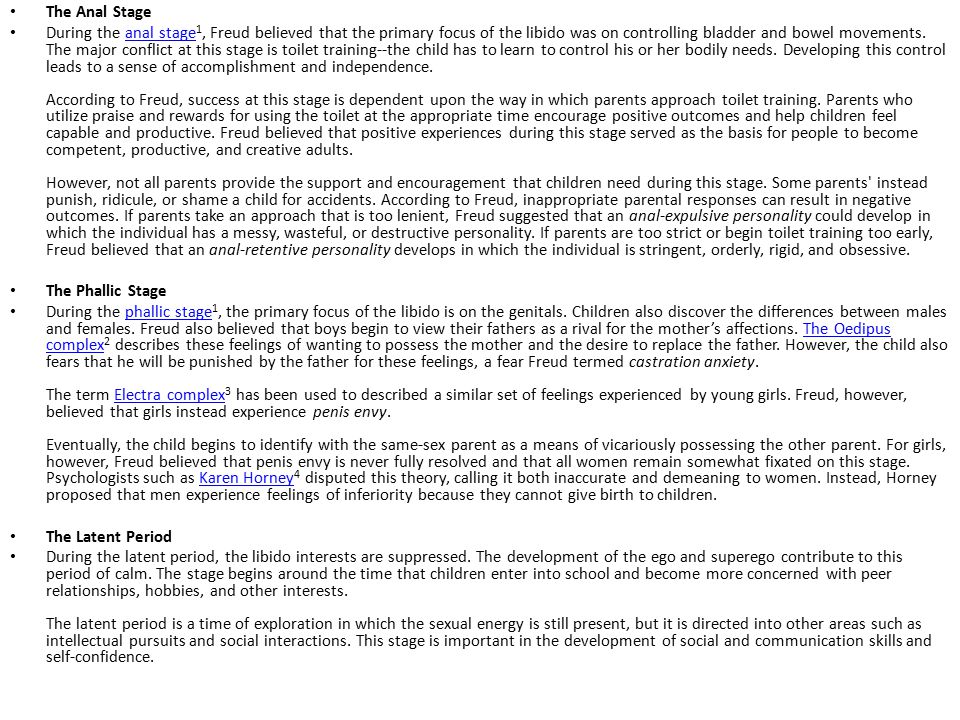Bowel Sound Learning Module Personal Development


Search Copyright © 2009 State Of Florida Infant Toddler Development Training Module 1, Lesson 1 Developmental Domains & Typical Sequences of Development As previously stated, when looking at child development, several domains or developmental areas are considered: motor/physical, cognitive, social/emotional, communication/language, and self-help. Each domain and a brief description of the typical developmental sequences for each are noted below. Motor/Physical Domain The motor/physical domain involves both gross motor and fine motor skills as well as physical growth. Time Life Classic Soft Rock Rapidshare. Since muscle and bone tissue grows very rapidly during the first two years, infant growth is very rapid and increases in strength, coordination, and stamina occur. Typical infant growth and development proceed from the head downward and from the center of the body outward.
Infant Toddler Development Training Module 1, Lesson 5. Even though the previous lesson in this module addressed the causes and symptoms developmental delays and. Bowel sounds: What exactly am I listening for? A medical student's quest for answers Bates' Guide to Physical Examination Bowel sounds may be: Increased.
At birth, the newborn's head is about 70 percent of its eventual adult size - creating an infant that is top-heavy. The same developmental sequence occurs for muscle control with infants gaining control over muscles that support their head and neck first, then the trunk, and eventually developing muscle control needed for reaching. Muscle control needed for walking is the last to develop. During infancy, motor abilities evolve in a specific sequential order. However, it is important to note that the rate of motor development differs among children (e.g., standing, walking). Developmental Period Motor Domain Milestones Birth - 4 months The typical sequence of motor development begins with raising head and chest, sitting up with adult support, rolling over and batting at objects 4 - 8 months Infants begin to gain control of head, trunk, and arm movements, and sit up alone.
8 -12 months Infants begin to reach for and grasp objects, begin to creep, and stand up holding on. Pincer grasp has evolved which allows a child to pick up objects bringing together the thumb and index finger 12 - 24 months Toddlers begin to creep, stand alone, and then walk alone. Toddlers begin to creep up stairs, run, draw on paper, and kick a ball. 24 - 36 months Child can use crayons, ride a tricycle, and jump off a step. Children are typically not ready for toilet training until the end of their second year or beginning of their third year.
Prior to this time, muscles that retain and release urine and bowel movements cannot be controlled. Cognitive Domain The cognitive domain refers to intellect or mental abilities. Cognition involves receiving, processing, and organizing information that has been perceived through the senses and using the information appropriately. Cognition entails interaction between the individual child and his/her environment or events in the environment. Survival and primitive learning in infants begin with reflexive behaviors.